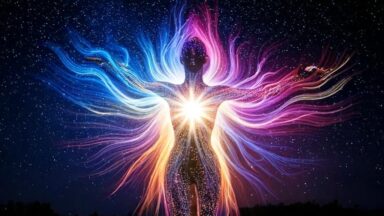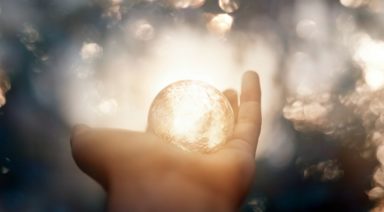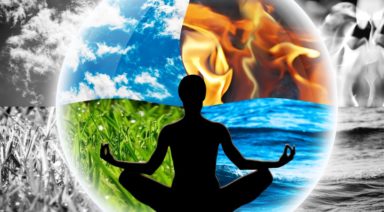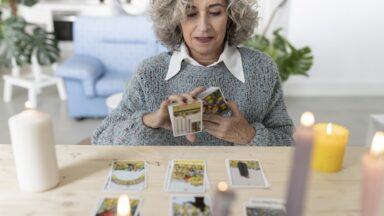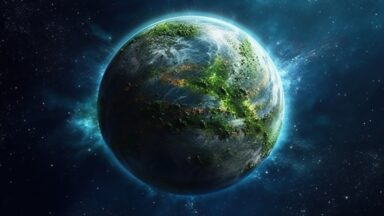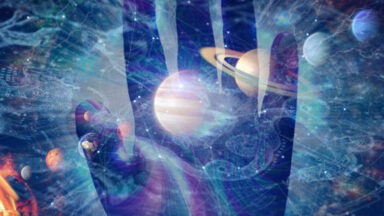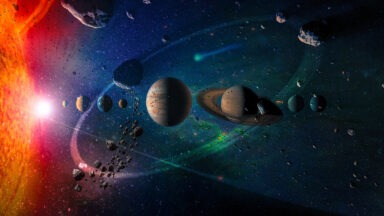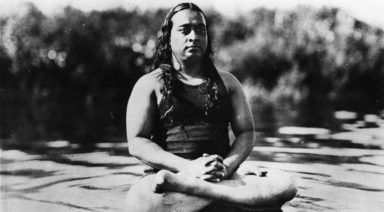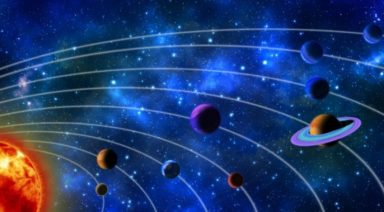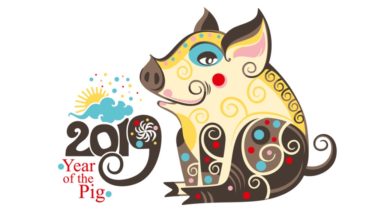The Rainbow Body Phenomenon in Tibetan Buddhism

The Old and New Testaments of the Bible, as well as ancient Greek and Egyptian texts, include stories of those who defied death through forms of ascension, from Jesus Christ’s resurrection to Heracles’s ascent to Mount Olympus to the god of the afterlife, Osiris. However, the most compelling tales of transcendence are found in the accounts of the Tibetan Buddhist rainbow body tradition.
While ascension stories are from the distant past, i.e., Enoch and Lazarus (Old Testament), it is debated whether they are fact or myth; examples of rainbow body events from this century are documented and available. Some believe that ascension and attainment of the rainbow body are the same thing. Still, arguably, there are differences—the Tibetan Buddhist rainbow body is the result of years of specific, disciplined practice with a motive of profound compassion for all beings.
In Tibet and Central Asia, the Buddhist rainbow body tradition goes back to the 8th century, beginning with the great master Padmasambhava, but 20th and 21st-century documentation shows that this is no myth or legend—practitioners, from the highest lamas to the most humble laypeople, have attained rainbow body.
What Is the Rainbow Body?
The rainbow body, or great transference, is a profound state of realization in Tibetan Buddhism, where, through advanced spiritual practice, a practitioner’s physical body dissolves into light after death, leaving behind only hair and nails. This phenomenon is seen as the culmination of Dzogchen meditation, a practice aimed at recognizing the true nature of mind and reality. Attaining the Rainbow Body signifies mastery over both mind and matter, transcending the human body to embody the essence of pure light and energy. It stands as a powerful testament to the depth of spiritual realization.
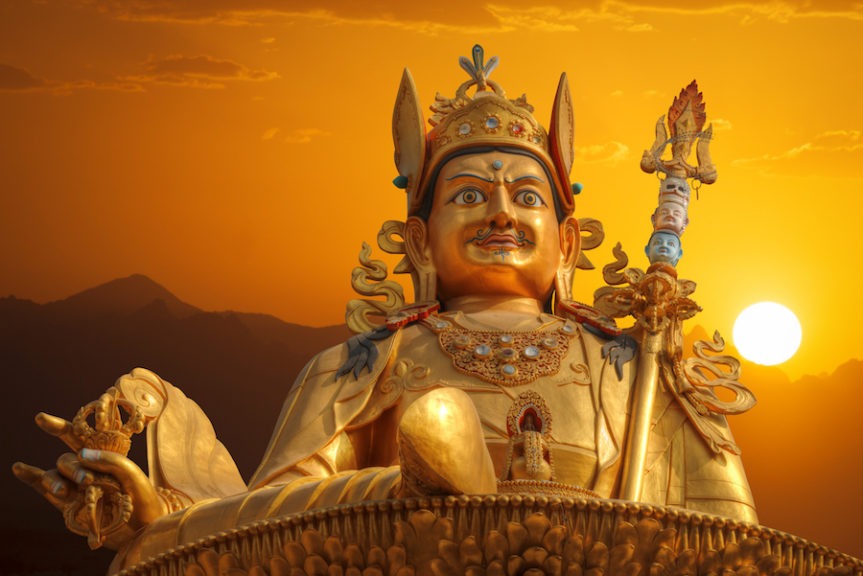
Gold Padmasambhava statue stands in Kathmandu, Nepal
Origins of Padmasambhava & the Rainbow Body
Let’s explore the legendary Padmasambhava, the “second Buddha,” whose teachings brought profound change to Tibetan Buddhism. His mastery of Dzogchen and miraculous acts led his disciples to attain the rainbow body, reshaping spiritual practices and the path to realizing one’s true nature.
The Prophecy of Padmasambhava
Before his death, the Buddha Shakyamuni prophesied that he would return as “one even greater than myself.” In the 8th century, Padmasambhava, later known as the “second Buddha,” appeared in Central Asia. According to legend, an eight-year-old child miraculously emerged from a lotus in Lake Dhanakosa in Oddiyana (modern-day Swat Valley, Pakistan), displaying the major and minor marks of a Buddha. King Indrabodhi, childless, adopted the boy, naming him Padmasambhava, or “Lotus Born.” Though he ruled as a prince, Padmasambhava soon recognized that political life and spiritual cultivation were incompatible. His purpose was to free sentient beings from suffering.
Banishment and Spiritual Transformation
After unintentionally causing the death of a minister’s son (whom he spiritually liberated), Padmasambhava was banished from Oddiyana. He embraced this as a chance to meditate in cemeteries, contemplating the transient nature of existence. Through this, he gained miraculous powers. Padmasambhava traveled through India, learning from masters and deepening his understanding of all things, from grains of sand to the universe.
The Miracle of Mandarava
In Zahor (Eastern India), Princess Mandarava renounced her royal life to practice meditation. She joined Padmasambhava, and together they achieved realization in the Maratika Caves. Her father, the king, sentenced them to death by fire, but instead of burning, the flames turned into a lake, and the two emerged unharmed, seated on a lotus. Stunned by the miracle, the king blessed them.
Padmasambhava’s Miracles and Teachings in Tibet
Padmasambhava performed countless miracles, transforming demons into protectors of the dharma. He brought Buddha’s teachings to Tibet, banishing its sacrificial religious practices, and spent 50 years teaching his 25 disciples. Eventually, he announced his departure to tame rakshasas, cannibalistic demons threatening India. Multiple witnesses reported seeing him ascend on a beam of sunlight, ride a lion into the sky, and disappear. He didn’t die—he simply left. Of all his teachings, Dzogchen is considered the most profound. His 25 disciples, along with many of their students, achieved the rainbow body according to his biography.
Origins and Cosmology of Dzogchen
Dzogchen, from the Tibetan “Dzogpachenpo,” meaning “great completion,” is a highly nuanced teaching. After receiving instructions from a qualified teacher, practitioners meditate to realize the “self-perfected state of our primordial nature.” The first stage, Trekcho, involves cutting through karmic and psychic debris, while the second stage, Togal, brings direct realization and dissolution of karma. According to Sogyal Rinpoche, Dzogchen requires enormous discipline and is best practiced under the guidance of a master.
The origins of Dzogchen are debated. Some say it originated from the Bon tradition, predating Buddhism in Tibet by 18,000 years, while others believe it was received from off-world beings. What is clear is that Dzogchen came to Tibet through Padmasambhava and has since been passed down in an unbroken lineage.
Michael Sheehy, in his review of Rainbow Body and Resurrection, describes Dzogchen’s cosmology: the cosmos begins as open and translucent, with the elements—air, fire, water, earth—forming all matter. Those who realize Dzogchen see themselves and everything as pure light in constant motion. The “rainbow body” refers to the elemental lights—white (space), red (fire), blue (water), green (air), and yellow (earth). Successful Dzogchen practitioners can reverse the densification process of matter into light, a concept that echoes in tantric, esoteric, and shamanic traditions worldwide.
Types of Rainbow Body
In 2013, Dzogchen Khenpo Choga Rinpoche shared extraordinary news about his teacher, Lama Karma Rinpoche. After his passing, Lama Karma’s body, originally 5’9”, shrank to just 8 inches. This phenomenon, known as the “small rainbow body,” reflects the supreme accomplishment of attaining the state of a Buddha in one’s lifetime. Rinpoche clarified that “small” does not mean “lesser,” as all forms of rainbow body are signs of enlightenment.
Light Body and Medium Rainbow Body
Choga Rinpoche explained that if Lama Karma’s body continued to shrink and completely disappeared, it would be classified as the “light body” or “atomless body,” which can happen gradually or instantly, with or without witnesses.
He also described the “medium rainbow body,” where the body dissolves into rainbow light—rays, ribbons, and spheres—until only hair and nails remain. Historical examples include Master Nyaklha Rangrik Dorje, whose body now measures the size of a hand, and Tasha Lamo, a practitioner whose body shrank to about four inches in 1982.
The True Purpose of Spiritual Attainment
Despite the miraculous nature of these phenomena, Rinpoche emphasized that all such accomplishments are equal in their supreme attainment of Buddhahood. Practitioners do not seek these manifestations for spectacle or self-glory but as part of a deep commitment to the liberation of all beings. Any merit gained from their practice is dedicated to others, not the self.
In Buddhism, miraculous powers like passing through walls, leaving handprints in stone, or reviving the dead are mere by-products of accomplishment—not the goal. True Dzogchen practitioners avoid pride and hide their achievements to stay focused on their ultimate purpose: compassion and dedication to the freedom of all beings. Chasing such abilities for selfish gain risks falling into the realm of sorcery, where supernatural powers serve the self rather than others.
Proof of Rainbow Body
Explore accounts of individuals who experienced rainbow body, further demonstrating that this attainment is not limited to ancient times but continues to occur in modern history.
Rangjung Dorje
Tibetan Tantric Buddhism, influenced by the shamanic Bon tradition, resists simple definitions. Each instance of a great master’s death, especially when signs of rainbow body attainment are present, is unique and unpredictable. After a master’s breath and heartbeat stop, the body often remains upright in a meditation posture, without signs of rigor mortis. The area around the heart stays warm, as seen in the Sixteenth Karmapa, Rangjung Dorje, who passed away in a Chicago hospital in 1981.

The 16th Karma Rangjung Rigpe Dorje. R. Photo of Karmapa during the Black Crown Ceremony
Karmapa, head of the Kagyu Lineage of Tibetan Buddhism, held the same stature as the Dalai Lama. He traveled to the West in 1974, foreseeing that Tibet would not gain independence from China. His attending physician, Dr. Mitchell Levy, shared a remarkable account of Karmapa’s death. After 45 minutes of failed resuscitation, Karmapa’s pulse and blood pressure unexpectedly returned, baffling the medical team. His chest remained warm for 48 hours, and there was no odor or decay. After three days, Karmapa’s body cooled, and the signs of death set in, marking the end of his deep meditation.
These post-death occurrences are common among highly realized beings, which is why Tibetan Buddhists refrain from moving or touching a body for three days after death, especially with meditation masters.
Karmapa also displayed signs of rainbow body before his death. In the 1970s, during the Black Crown Ceremony, a photograph was taken where his body appeared transparent. This image, considered a demonstration of the rainbow body, has since been widely circulated.
Khenpo Acho Rinpoche
Born in 1918, Khenpo Acho was from Eastern Tibet. From 1956 onward, he entered retreat and remained there for most of his life. He was known throughout the region as a great yogi and meditation master, and his death was the subject of an article by the Institute of Noetic Sciences in 2002.

Khenpo Acho Rinpoche
“On August 29, 1998, Khenpo Achö, eighty years of age, attained physical dissolution. One day at noon, lying in bed without having suffered any recent illness, he attained Buddhahood, his heart of clear light reality perfected beyond the intellect. As his body dissolved into light, his wrinkles vanished, and he appeared like an eight-year-old child with a beautiful complexion.
“After a week had passed, when people learned of his death, they performed his death puja secretly [rainbow body practices are forbidden by the Communist Chinese] to deceive the authorities. At that time, rainbows appeared inside and outside, and a pleasant aroma filled the place. His body gradually diminished in size, and in the end, he attained Buddha; not even his nails and hair were left behind. It was just like a bird flying from a rock—people nearby had no idea where it might have gone,” said a witness.
Tasha Lamo
While little is said of female masters in the Tibetan Vajrayana tradition, women are certainly capable of achieving the realization that results in the rainbow body. Tasha Lamo was the mother of Lokgar Rinpoche of Nyingma Katok Monastery. She became a nun in her later years and was known as a great practitioner. After she died in India, her body shrank to about 12 inches.

Lama Achuk Rinpoche’s Rainbow Body Photo
Achuk Rinpoche was a revered meditation master—a “maha siddhi,” or one of great accomplishment. Born in 1918, he was noted for miraculous activities such as leaving hand and footprints in rock. When he died in 2011, his body shrank from 1.8 meters to one inch tall. Even years before his death, Rinpoche displayed signs of the rainbow body—the image of light appearing on a pink lotus was the result of a student’s simple photo of his master. None of the phenomena seen in the photo were apparent when it was taken.

Photograph of Lama Achuk
Ogyen Tendzin
Namkhai Norbu Rinpoche, a meditation master from eastern Tibet, was among the first Tibetan lamas to openly teach Dzogchen in the West. He tells the story of his uncle, Ogyen Tendzin, who achieved the rainbow body at death.
As a child, Namkhai Norbu recalls trying to get his uncle to play with him during meditation. “I received my first Dzogchen teachings from my uncle when I was seven,” he said.
After the Cultural Revolution, Ogyen Tendzin lived alone, practicing Dzogchen. One day, a student and a Chinese official knocked on his door but found only his robe on the bed. Inside, they discovered a small body, realizing he had passed. Days later, when they returned, only hair and nails remained.
“The rainbow body still exists today —it’s not just from ancient times,” Rinpoche said.
The rainbow body phenomenon illustrates the remarkable spiritual tradition within Tibetan Buddhism, offering a glimpse into the profound depths of Dzogchen practice. These accounts of transformation, both ancient and modern, serve as powerful reminders of the boundless possibilities of human realization and the mastery of the material body.
Light Beings and Spirit Energy: How You Created the Universe

In some spiritual practices, “being the light” signifies offering hope, kindness, compassion, and encouragement to others in times of darkness. It also involves recognizing and celebrating the beauty and goodness in the world around us. Such acts of illumination are aspects of what many consider to be light beings—entities or energies that embody the purest forms of light and spiritual energy. This guide explores the concept of light beings and their significant role in shaping our universe and personal experiences.
What Is a Light Being?
Light beings are considered the ethereal architects of all creation, infusing their essence into every matter, which binds and energizes existence itself. This essence is known as spirit energy, pervasive in everything from the most grandiose celestial bodies to the simplest earthly elements.
Types of Light Beings:
- A Collective Consciousness: Often, light beings are viewed as a collective consciousness, a unification of energies that transcends individual existence. This collective operates at a high vibrational frequency, guiding and influencing the evolutionary paths of less developed consciousnesses across the cosmos.
- A Lightworker: Lightworkers are individuals among humans who awaken to their purpose of spreading light. They actively work towards raising their vibrations and those of others to foster love, harmony, and peace on Earth.
- A Luminous Being: Typically, a luminous being is seen as an advanced spiritual entity that has transcended the physical realms. These beings are pure energy, often perceived as glowing or radiant, and are thought to exist primarily in spiritual dimensions.
How to Become a Light Being?
Becoming a light being involves elevating one’s spiritual vibration through various practices such as meditation, mindfulness, self-reflection, and acts of kindness. Engaging in activities that align with higher spiritual frequencies—such as healing, teaching, or creating art with intention—can facilitate this transformation. It’s a journey of internal development that emphasizes connection to the universal source and all living beings.
Are Humans Light Beings?
While all humans possess the potential to become light beings, the transition involves a conscious choice and effort to evolve spiritually. Humans become light beings in the truest sense when they achieve a level of spiritual awareness and purity that allows them to transcend their physical limitations and fully embody their divine essence.
What are the Characteristics of a Light Being?
Light beings are marked by several distinct traits:
- Empathy and Compassion: They possess a profound capacity for empathy, often feeling deeply connected to all forms of life.
- High Vibrational Frequency: Light beings resonate at high frequencies, which manifest as a presence or aura filled with peace and positivity.
- Wisdom and Understanding: They hold immense knowledge and understanding of the universe’s workings, often providing guidance to others.
- Non-Attachment: True light beings are not bound by material desires or ego-driven goals. They operate on a plane of selflessness and service.
- Spiritual Abilities: Many light beings can manifest spiritual abilities like healing, telepathy, or clairvoyance, used for the greater good.
By fostering these characteristics and intentions within ourselves, we align closer to becoming light beings, contributing to the collective energy that shapes the cosmos.
Instinct is a contemplated thought, and the thought process is the dividing line between what is and what isn’t soul material.


